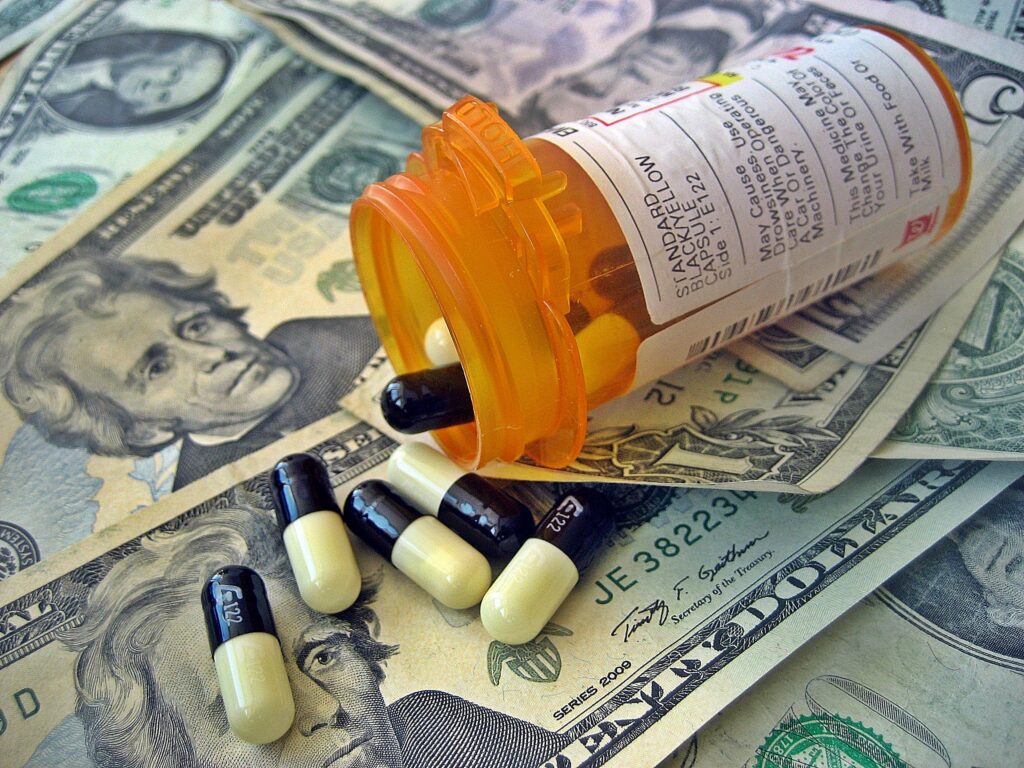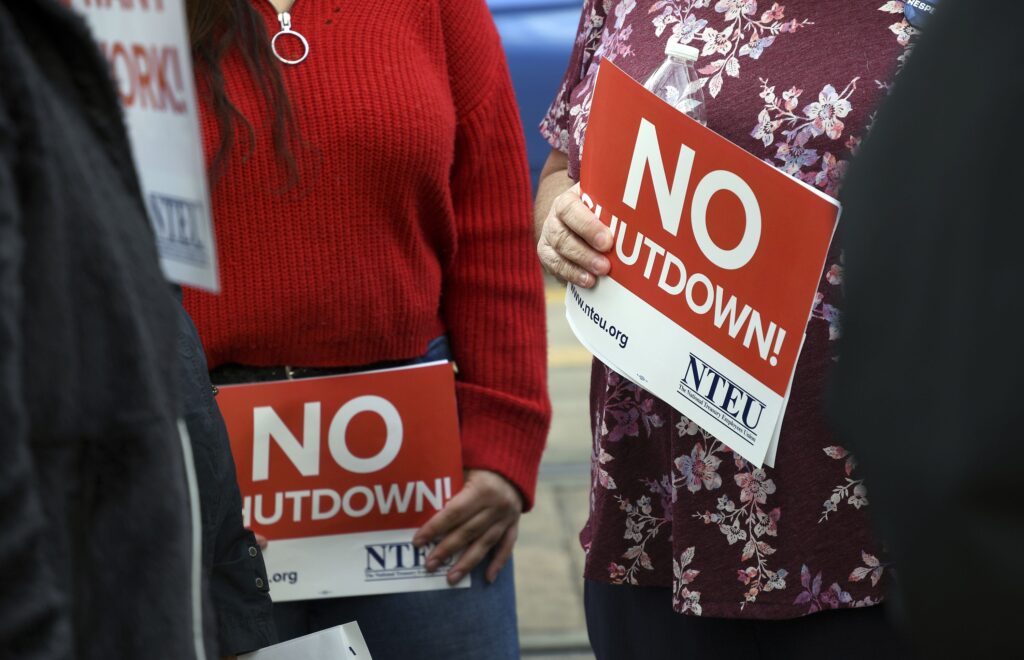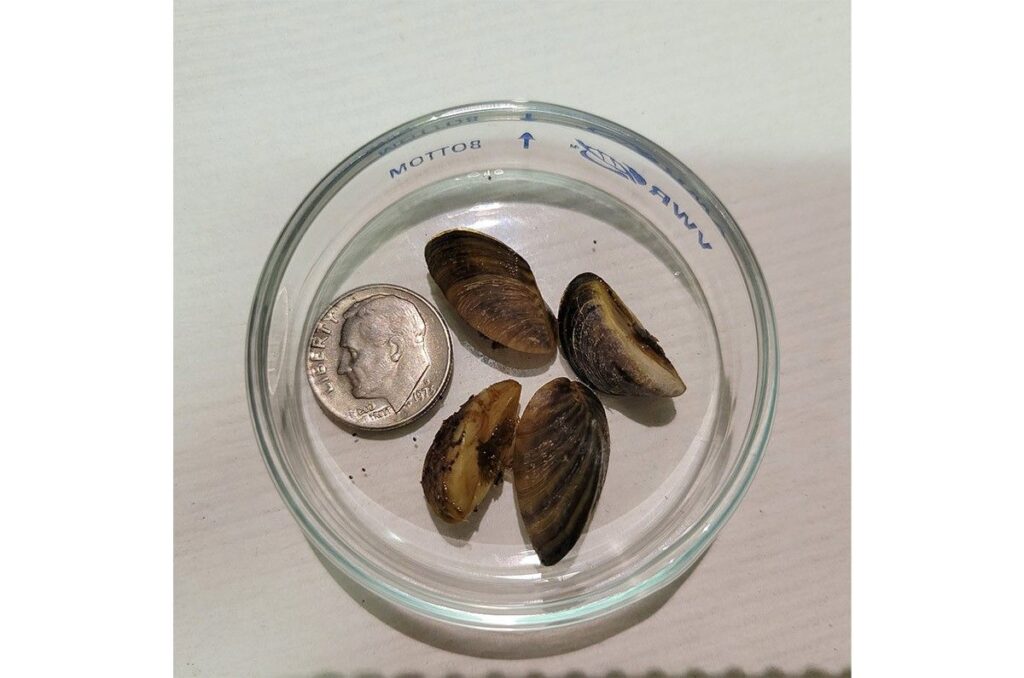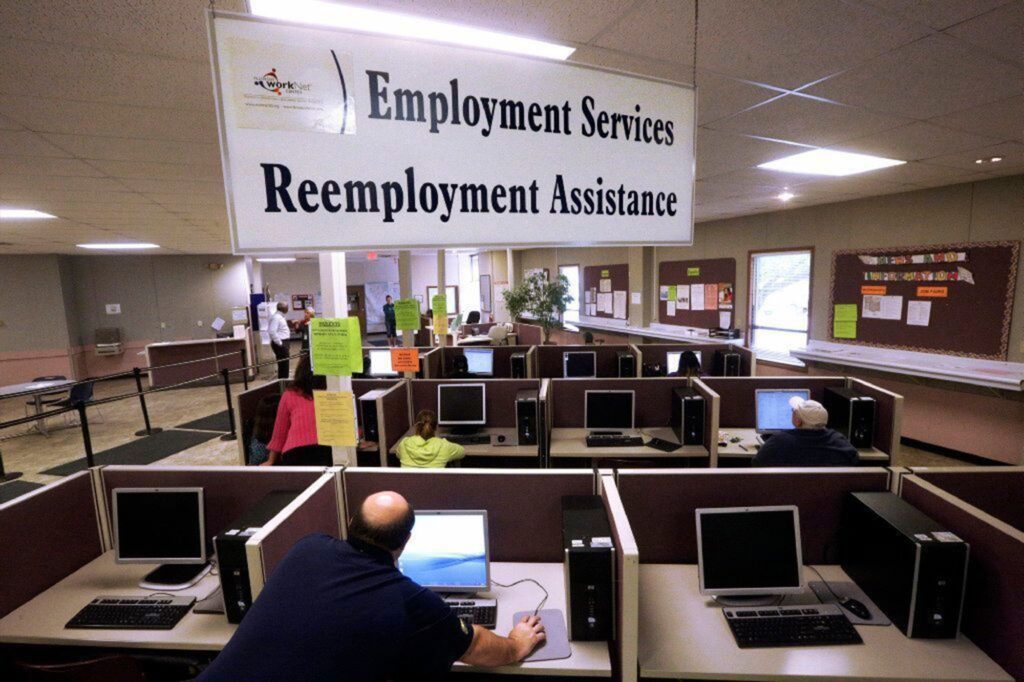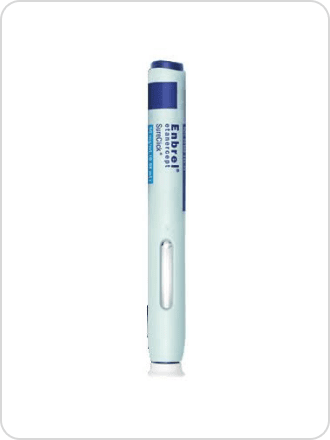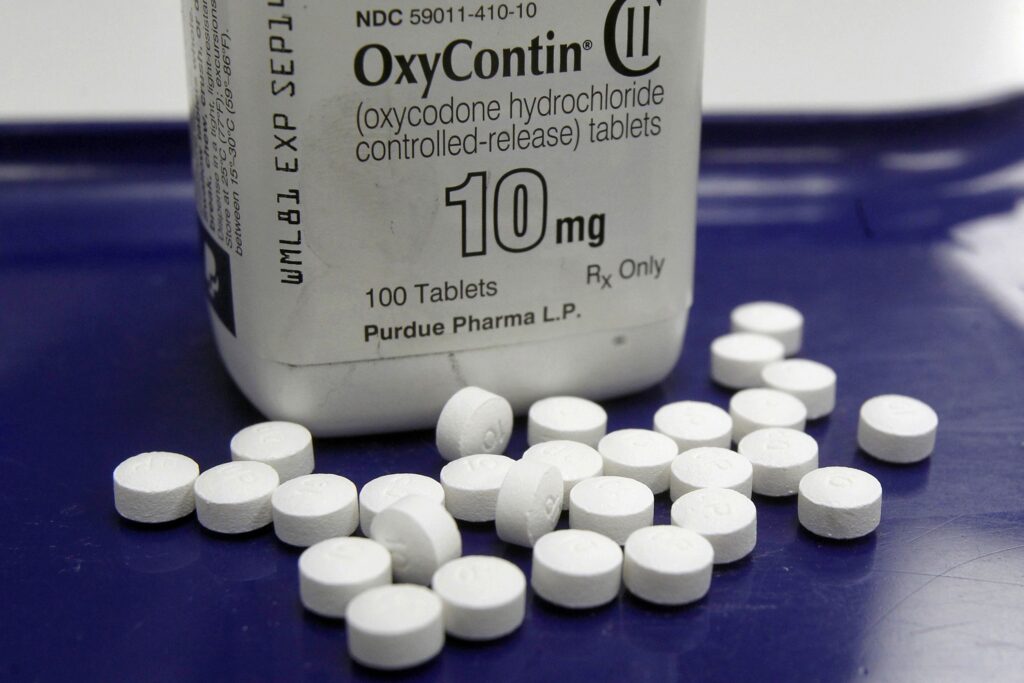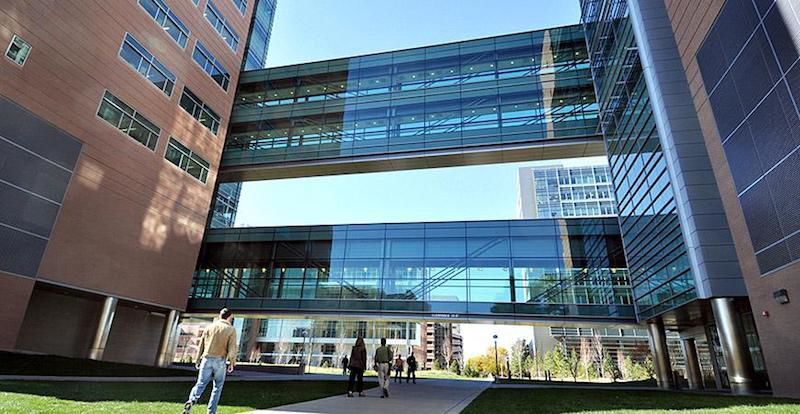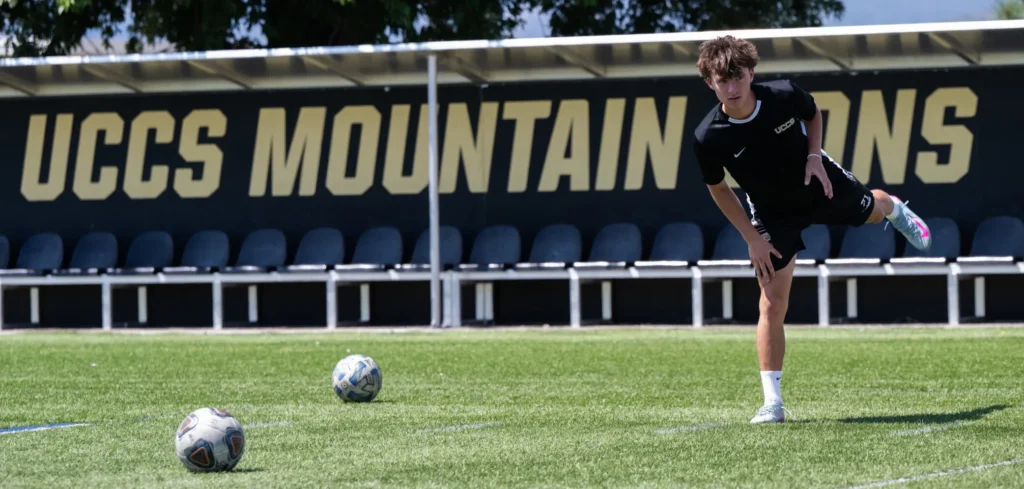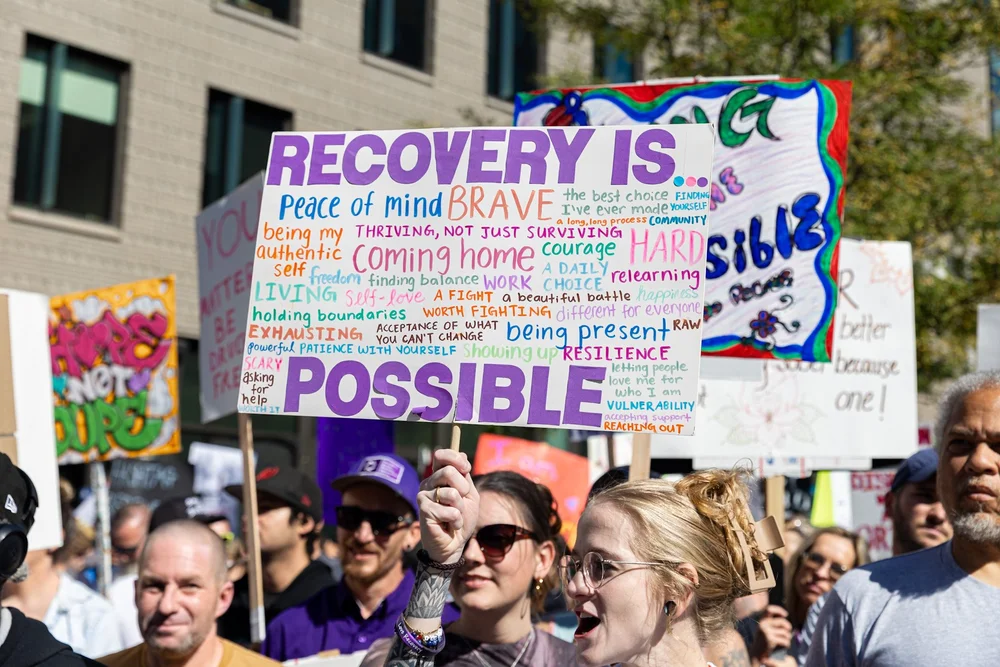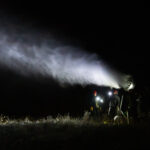As peak flu season looms, vaccination rates remain low in Colorado
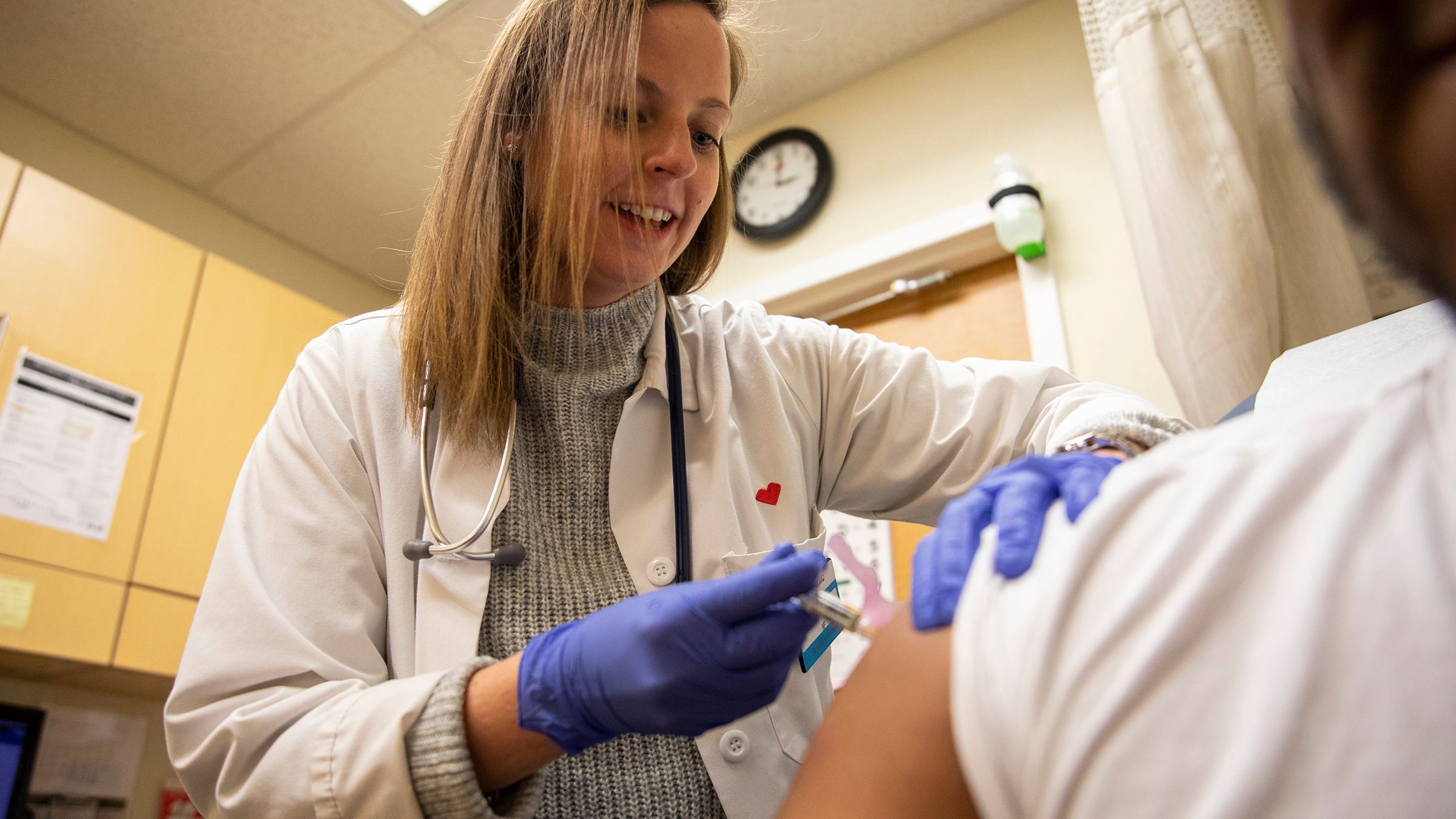
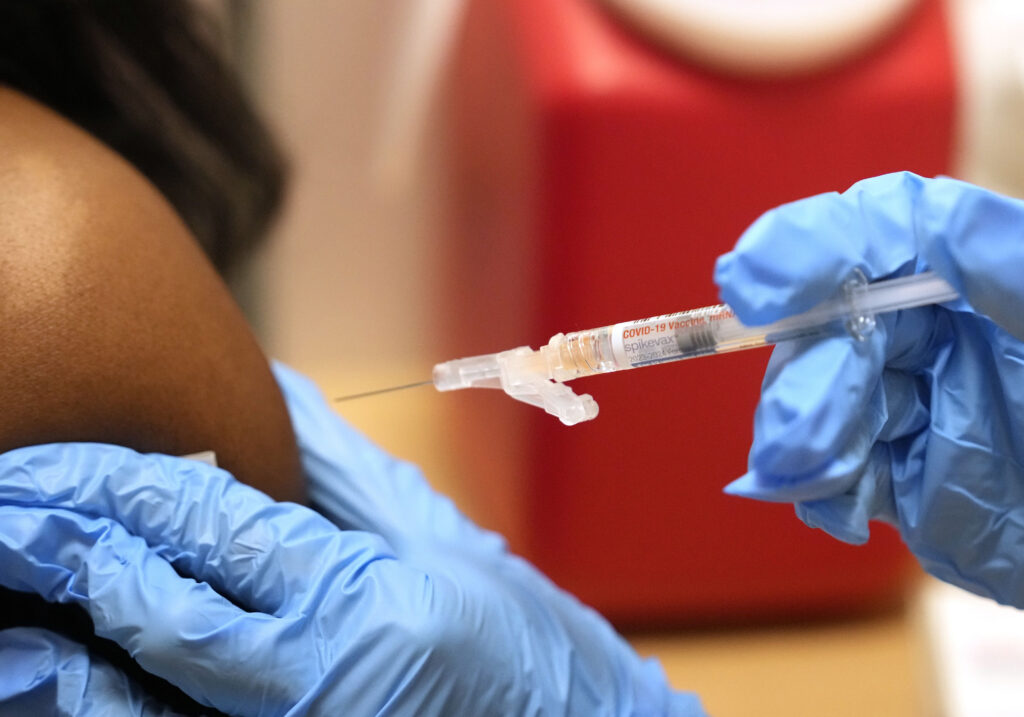
Get the flu once, they say, and you’ll never skip your flu shot again.
If such wisdom holds true, we’re either getting healthier or better at forgetting what it feels like to be really sick.
As of Oct. 11, 10.7% of El Paso County’s eligible adults and children had received the annual flu vaccination, according to the Colorado Department of Public Health and Environment. Statewide, 12.8% of Coloradans over 6 months old had gotten their jab, as immunization season prepares to give way to the cozy season of viral transmission.
Flu season varies by region, but runs roughly from September to May, said Nicole Henry, an Arizona-based doctor of pharmacy and district leader for CVS Health.
“This is the peak time to receive the immunizations, because it does take about two to four weeks to become fully effective,” Henry said. “And we do want our patients to be fully protected when peak season arrives.”
Vaccines don’t guarantee you won’t get sick, but they lessen the odds and can help mitigate symptoms, staving off complications and hospitalizations. As of Oct. 15, two cases of hospitalization for respiratory illnesses had been reported to El Paso County Public Health.
A barometer of respiratory ailments — flu, COVID-19 and respiratory syncytial virus (RSV) — activity in the state, updated weekly by CDPHE, is currently set to “very low.”
Vaccinations, Henry said, help keep it that way.
“(Illness) rates have been down, yes,” said Henry. “However, flu and COVID are definitely still circulating in the area.”
Seasonal vaccination numbers in Colorado and nationwide have been creeping down since the pandemic, when social distancing and other measures in place to fight the spread of the coronavirus led to a bottoming out in the cases of other respiratory viruses spread through interpersonal contact, including flu.
When “normalcy” returned, infection rates began to slowly ratchet up. Vaccination rates have yet to rebound in kind, according to the Centers for Disease Control and Prevention.
Before the pandemic, seasonal immunization numbers in America were trending up, with an eye on the Healthy People 2030 target of a 70% vaccination rate for people 6 months and older, mapped out under a former iteration of the Department of Health and Human Services.
Recent data from the agency show the flu vaccination rate has hovered around or under the 50% mark in the years since COVID-19.
Numbers are even lower for the vaccine that, not so long ago, turned the tide of the pandemic.
While the CDC estimates more than 80% of eligible Americans have received at least one dose of a COVID-19 vaccination, the vast majority of those pokes were administered during the early years of the pandemic.
At the close of the 2024-25 respiratory virus season in April, only about 23% of U.S. adults reported having received their updated COVID-19 vaccination, according to data collected by the CDC.
As of Oct. 11, 6% of eligible Colorado residents had received the new COVID-19 immunization, according to CDPHE. In El Paso County, that number was just 4.2%.
Vaccine “fatigue,” and mixed messaging from the nation’s health leaders may play a part in this year’s lower turnout so far, vaccine advocates say. Confusion about coverage may also be a factor.
Under the aegis of vaccine-leery HHS Secretary Robert F. Kennedy Jr., the agency has pivoted away from a focus on immunizations as a national health mandate. In May, the Trump administration narrowed COVID-19 vaccine recommendations, effectively limiting affordable access to the shots for some Americans.
In Colorado, Gov. Jared Polis issued an order in September allowing residents to get both the updated COVID-19 and flu vaccines at a local pharmacy without a prescription, “ensuring easier access.”
“Since October 1, 2024, more than 4,500 Coloradans have been hospitalized due to COVID-19,” CDPHE Executive Director Jill Hunsaker Ryan said in a statement on the agency’s website. “This order ensures that Colorado takes every step possible to prevent hospitalizations, protect frontline health care workers, and preserve critical health care resources. Equitable vaccine access is a cornerstone of protecting the public’s health.”
Most, but not all insurance plans, including Medicare and Medicaid, cover the annual flu and coronavirus vaccines at no or little cost to patients if they visit an in-network provider, Henry said.
If patients are unsure if and which vaccines are covered under their plan, Henry said a CVS pharmacy employee can run a “full profile” and help submit a test claim. Other pharmacies offer similar services.
And as viral season deepens, Henry and other official public health stakeholders also urge residents to continue to embrace the precautionary measures that don’t cost a thing.
“During the respiratory season, there are several steps you can take to stay well and prevent those around you from becoming ill,” said Kristi Durbin, El Paso County Public Health Immunization Division manager.
Practice proper hygiene by frequently washing your hands with soap and water and covering your mouth when you sneeze or cough. Stay home when you’re feeling unwell.
“The cooler weather is definitely approaching, especially in Colorado,” Henry said. “Especially as we’re approaching the holiday season and people are traveling … it’s so important to remember the steps we need to take to ensure we’re protecting ourselves, and our loved ones.”
The best way to do that?
“Get your vaccinations,” she said.







